What soil is best for plants?
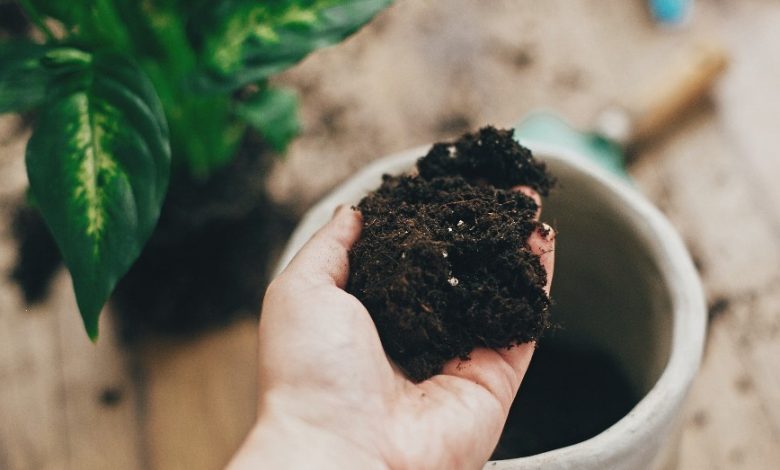
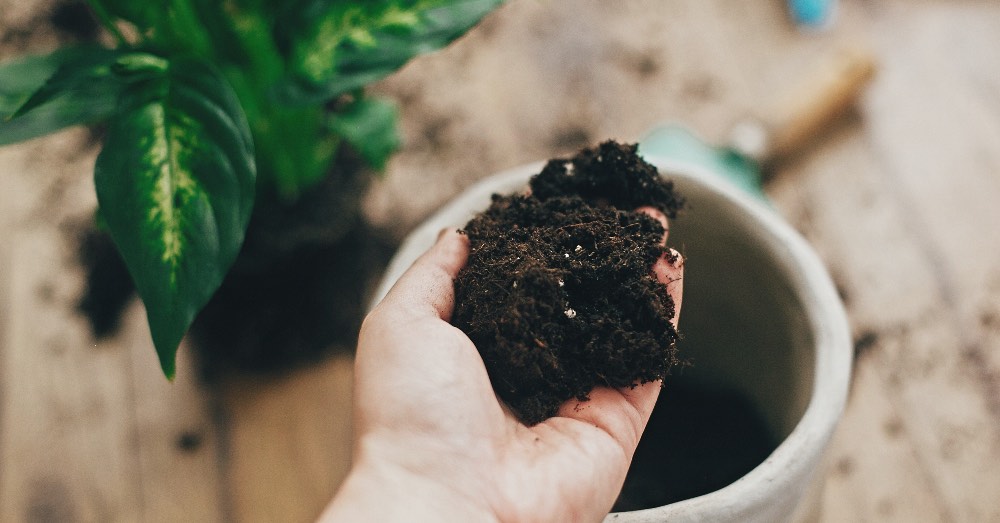
Knowing which soil is best for plants is usually one of the main questions among gardening lovers. And, despite what we might think, it does not only appear among those who are new to the exciting world of plants. And it is normal: to begin with, because there is no universal answer to which soil is best for plants, since each one of them can demand a specific one. What’s more: depending on their characteristics and needs, they may need a mixture of substrates and amendments that act in a complementary way, giving each plant species what it needs.
Although a priori it may only seem like earth, the importance of the soil in which our plants live reaches extraordinary heights. And we are not just talking about a certain substrate having the salts, microelements and nutrients that our plants need. Beyond this, whether or not you choose correctly which soil is best for plants will depend on other aspects such as the correct aeration of the roots, the greenness of the leaves or even its ability to resist attack by pests.
For all these reasons, it is convenient to know in depth the different types of land for plants. The only way to be able to give each of them what they need.
HOW TO KNOW WHICH SOIL IS BEST FOR PLANTS
To know which soil is best for plants, the starting point is to know in detail the characteristics of our plants. Something that will not only allow us to know what care they need but will also clarify what type of soil they require in order to grow correctly. Thus, if we have investigated what acid plants are, enjoyed succulents or sought to encourage the flowering of a certain plant, we will have reached a conclusion: the success of their cultivation will depend on the type of soil in which they are planted.
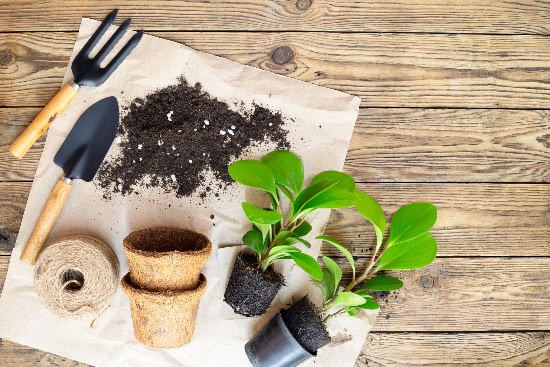
In addition, there is another fundamental factor that we must be clear about when we consider how to choose the right substrate for plants: the growing space. It is not the same to have a plant in a container, such as pots, than planted directly in the ground. In the first case, and since it is a small space, knowing which soil is best for the plants is absolutely crucial. Potted plants’ access to nutrients is restricted to the container they occupy. An important reason to pamper the soil but also to know how to transplant plants correctly and take advantage of this work to renew it.
Bearing this in mind, let’s see different types of substrates for plants and complementary amendments, as well as their main characteristics:
1. Universal substrate, the most common answer when we ask ourselves about the best soil for each plant
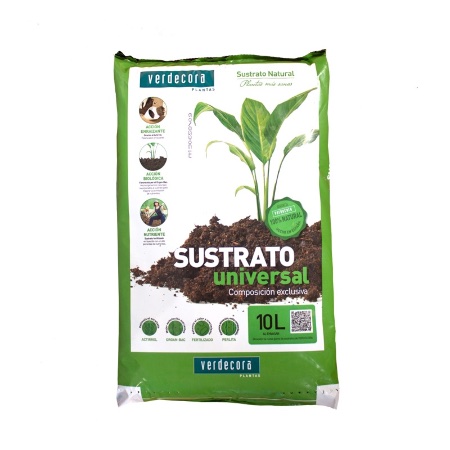
It is the perfect soil for most plants. Its composition provides support but also the nutrients that plants generally need without special needs. Depending on the type of substrate, it can be enriched with natural fertilizers and rooting hormones to help the plants take root correctly.
2. Specific substrate, the ideal floor for specific needs
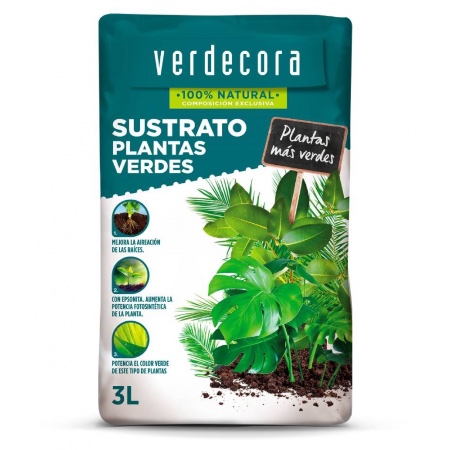
Acid plants, green plants, cacti or bonsai. These are just a few examples of plants that require special characteristics in the soil in order to grow and live properly. The specific substrates seek to satisfy that demand of certain plants, both indoors and outdoors; and they must be chosen according to the typology of each of them.
3. Mulch, a vital soil structure amendment
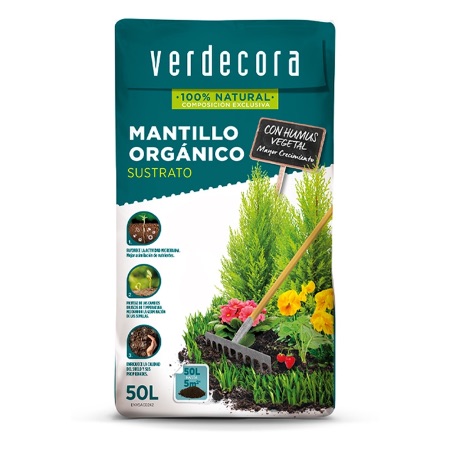
100% organic in nature, mulch is not only a nutritional amendment that will allow our plants to have a reserve of nutrients. In addition, its physical characteristics allow to improve the structure of the soil, aeration and water retention.
4. Pine bark, the ally of humidity
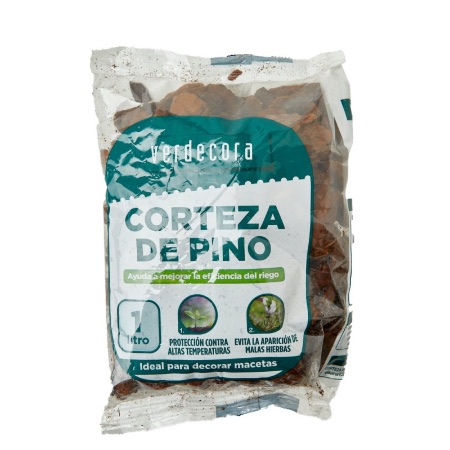
Although we usually identify that its use is merely decorative, it is not exactly like that. It is true that pine bark is ideal if we are looking for an aesthetic finish that is also capable of stopping the advance of weeds. But apart from this, used superficially, it also helps us preserve the moisture of the roots and create a mulching to protect them in cold months.
5. Perlite, another essential if we ask ourselves what soil is best for plants
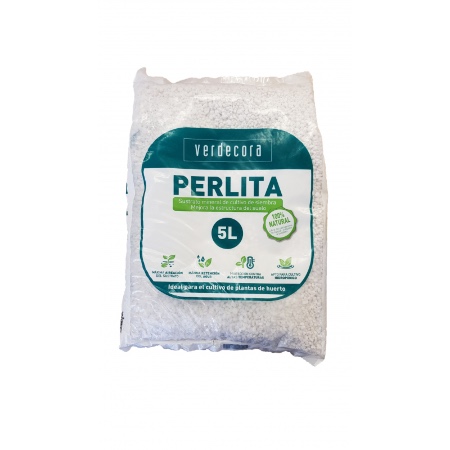
The ideal complement to any floor. Perlite is a volcanic glass that improves soil oxygenation, while favoring water retention.
6. Arlita, the best friend of drainage
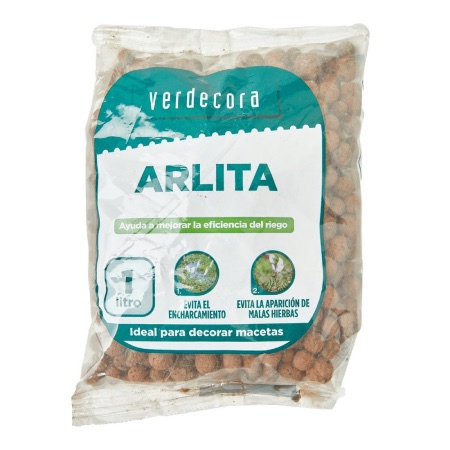
Composed of natural clay balls, it is perfect for improving drainage. It is enough to place a layer in the bottom of the pot or place of planting before the substrate. Thanks to it, we can avoid flooding and it is indicated if we plan to optimize our water consumption.
7. Volcanic clay, the last amendment that is not only decorative
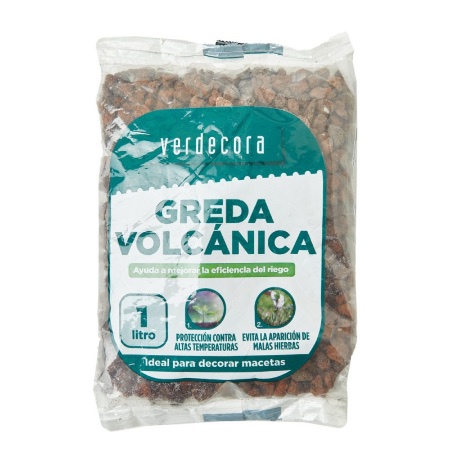
Like pine bark, volcanic clay is much more than just decoration. It not only helps to improve the drainage system or prevents the appearance of weeds: in addition, its placement on the substrate allows the roots to be protected from high temperatures.
HOW THE LAND OF OUR PLANTS SHOULD BE
And at this point, a logical question arises: if we are talking about which land is better for plants, why are we also talking about these amendments? Simple: because, regardless of the type of specific substrate or not that we use, the soil of our plants should not be only soil.
In reality, and for a floor to be effective and suitable, it must meet a series of parameters:
- Having the pH and nutrients that our plants need: something that we can achieve by using the most suitable substrate for each type of plant.
- Have good drainage: let us remember that excess water is, in many cases, the reason for the death of our plants. To ensure that waterlogging does not occur, it is necessary to use clay or volcanic clay as part of the floor.
- Include an amendment that helps retain water: something for which perlite is perfect, mixed with the substrate, except for those plants that do not need it.
- Be porous: only a spongy soil, in which there is presence of humus, will be able to harbor healthy roots.
And now that you know all this, do you know if you are giving your plants what they need? Help them to be better, applying these tips in the next transplant!

![Photo of Grow Mushrooms in Alpacas: [Planting, Care and Irrigation]](https://www.complete-gardening.com/wp-content/uploads/2022/08/grow-mushrooms-in-alpacas-planting-care-and-irrigation-390x220.jpg)
![Photo of Fenugreek: [Utility, Intake, Contraindications and Active Principles]](https://www.complete-gardening.com/wp-content/uploads/2022/08/fenugreek-utility-intake-contraindications-and-active-principles-390x220.jpg)

![Photo of How to Fertilize Naranjo: [Components, Needs and Importance]](https://www.complete-gardening.com/wp-content/uploads/2022/08/how-to-fertilize-naranjo-components-needs-and-importance-390x220.png)